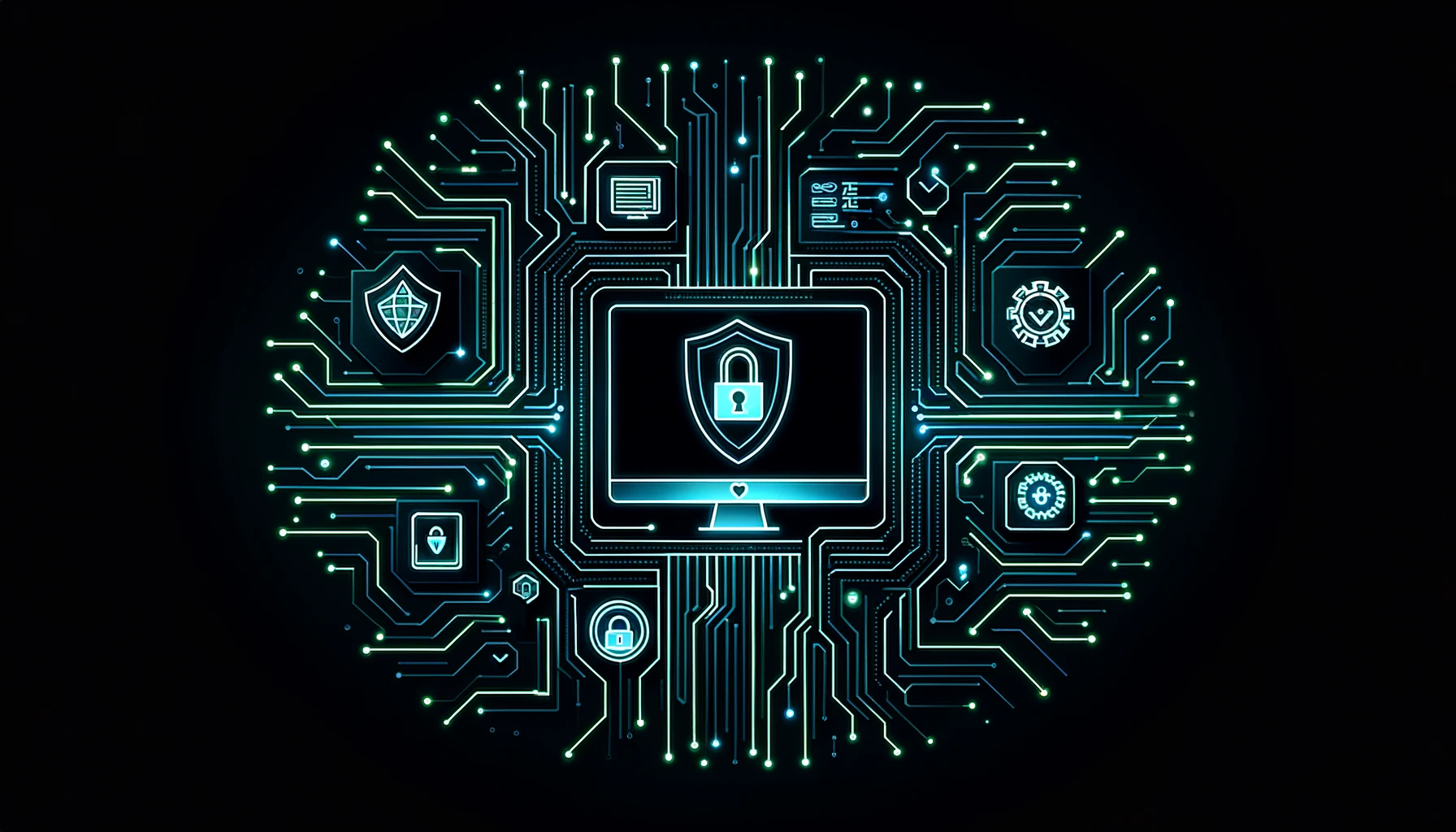Patch Management
Patch Management
Patch management is the process of updating software and systems to address security vulnerabilities, fix bugs, and improve performance. The process includes finding what needs updates, figuring out how serious those updates are, applying them, and making sure they don’t cause other problems. This is an ongoing process, often automated, to keep vulnerabilities under control.
- Security Patches: These fix security holes that attackers might use.
- Feature Updates: These add new features but are usually not as urgent as security patches.
- Bug Fixes: These fix issues that affect how software works but aren’t related to security.
To learn more about how patching can improve network security, check out our detailed guide on Cloud Security.
Key Points
- Important for Cybersecurity: Patch management helps fix security holes that cybercriminals might use.
- Needed for Compliance: Keeping systems updated is required by rules like GDPR and PCI-DSS.
- Types of Patches: Includes security patches, bug fixes, and feature updates; each has a different urgency.
- Use Automation: Tools that automate patches save time and effort.
- Unpatched Systems are Risky: Attacks like WannaCry could have been stopped by updating systems on time.
Related Terms
Common Challenges in Patch Management
- Delays: Sometimes companies take too long to apply patches, which leaves systems open to attacks.
- Complex Systems: Big IT setups with lots of different software versions make it hard to patch everything.
- Limited Resources: Small IT teams might struggle to manage patches, which is why automated tools are helpful.
- Downtime Concerns: Applying patches can cause systems to go offline for a while, which some companies try to avoid.
For small and medium businesses facing these problems, automated tools like Patch Management as a Service (PMaaS) can help make the process easier. For example, PMaaS can save time by automatically identifying and applying the most critical patches, reducing errors that can happen during manual updates, and freeing up IT staff to focus on more strategic tasks.
Best Practices for Effective Patch Management
- Automate Patch Processes: Use tools to find, test, and apply patches automatically.
- Create a Patch Management Policy: Set up rules that decide how to prioritize patches based on risk.
- Test Patches First: Always test patches in a safe, non-production environment before applying them to the main system.
- Scan Regularly for Vulnerabilities: Keep monitoring systems to find new vulnerabilities and patches.
- Apply Critical Patches Quickly: Security patches for big vulnerabilities should be installed right away.
To better understand how to protect your system, read our article on Pentest methods.
FAQ
It helps close security gaps and protects against many known cyber attacks.
Challenges include finding available updates, evaluating their relevance, and ensuring that they are applied without disrupting operations.
By using specialized software that automatically identifies, downloads, and applies updates.




































